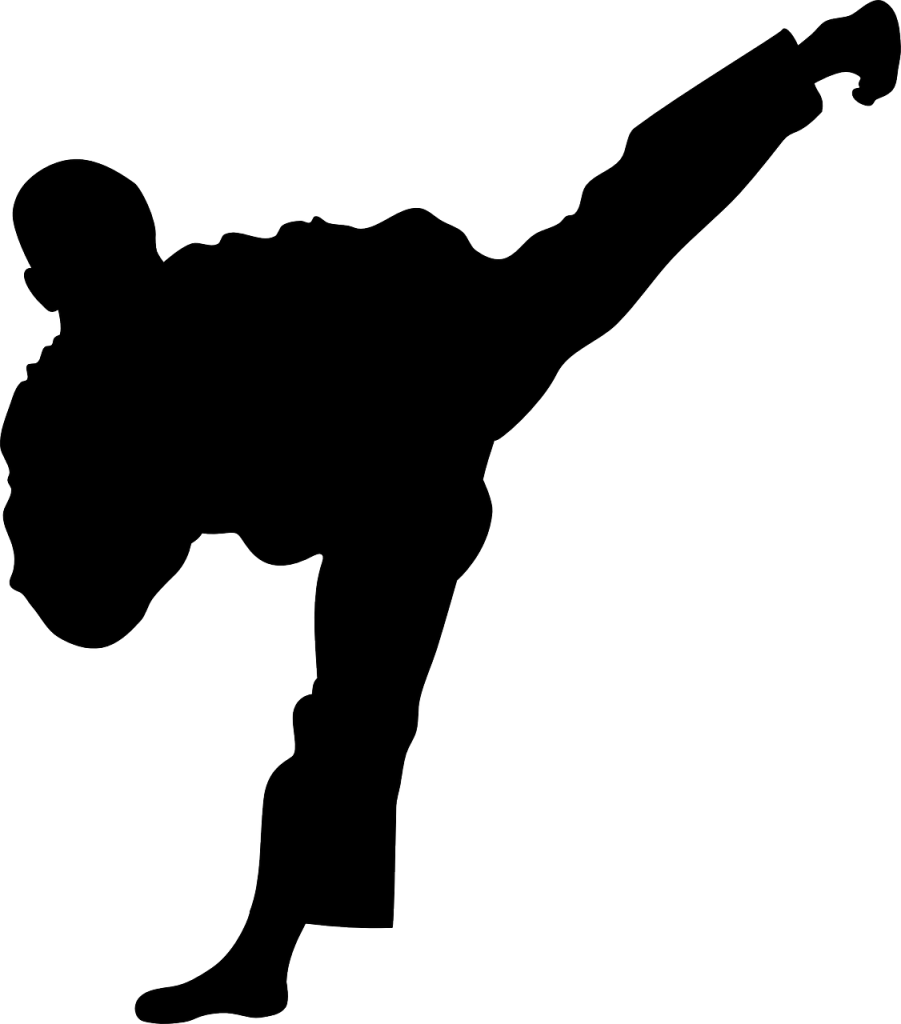
Habits typically get a bad rap because we all have unconscious behaviors we wish we could change – from media usage, to exercise to eating, all the way to drug addictions and gambling. But habits are actually a natural and important function of our brains. Our brains find all kinds of ways to try to save energy, being the fuel-guzzlers that they are, and habits are awesome energy-conservers. As soon as a behavior is practiced enough consciously, it gets “chunked” and stored – not in the memory part of our brain – but in the unconscious behavior part. That way you don’t have to apply awareness or effort to tying your shoes, brushing your teeth, riding your bike, or maybe even eating a whole pint of ice cream. You save your attention for where it is really needed: novel experiences or deeper thinking. According to Charles, Duhigg, author of The Power of Habit, 40% of people’s daily actions are driven by automatic habits rather than conscious decisions. This is huge! You are not in conscious control of 40% of your life until you figure out how to hack your own habits!
1) Adopt a curious, non-judgmental, experimental mindset
If you are curious, you are more apt to glean valuable information about yourself without layering any unproductive judgement in the mix. It may be helpful when taking an honest look at your current habits to remind yourself that there is always a very good reason for all of your habits – a legitimate result you are craving and satisfying through a behavior that may be unwanted. Like a great therapist or a coach, seek to understand the underlying need beneath the automatic habit.
2) Why?
Changing habits does take effort. To stay energized for the long haul, it really helps to clarify your motivation for making a change. And getting as tangible and detailed about your goal as possible is best. In fact, you might even try finding a photo or image that represents your desired outcome and paste it somewhere you frequent (like your bathroom mirror or computer or fridge) to remind you of what you are moving toward.
3)Diagnose the habit
According to Duhigg, habits generally take the shape of:
cue (trigger) => routine (behavior) => reward (fulfilled craving)
Before embarking on changing a habit, you will want to fully understand the unconscious habit loop at play. I recommend journaling a little on the following:
what is the routine?
what are possible cues for this routine? Hunger? Boredom? Anxiety? Overwhelm? Tiredness? Stuckness? Time of day?
what are some guesses about rewards I’m seeking to satisfy through this routine?
4) Document the routine
Sometimes the reward you are seeking will surprise you, and unless you nail it down, you won’t successfully shift the habit. Duhigg describes an afternoon habit to grab a cookie from the cafeteria. Only through documenting his habits for a few days was he able to discern that he was actually seeking a social diversion from his work mid-afternoon. From that discovery, he was able to establish a new routine which satisfied his craving for social interaction with less calories. What did Duhigg document? When he felt the urge to get up and get a cookie, he wrote down:
- the time of day
- his location
- his emotion at the time
- who is around
- what he was doing just prior to the craving
He chose these three things to track based on his suspicions about possible cues and rewards for his cookie habit. These are great suggestions to get started in more deeply understanding your routine.
4) Experiment with rewards
After a few days of gathering data, look for commonalities to determine possible underlying cravings. Then it’s time to get creative. Jot down three or four ideas for alternative routines that might offer the same reward at less cost. Take a few days and insert a new routine whenever you sense the trigger. Then, don’t forget to document the results! Duhigg suggests jotting down three things that first come to mind after the routine – emotions, thoughts, or anything. Then, set a timer for 5, 15, or 30, minutes later, and ask yourself if you still are craving the old routine (and write that down too). If you’re still craving that cookie, you’ll need to experiment further.
5) Make a plan
…and write it down…and share it with someone for optimal effectiveness! Duhigg’s plan was “At 3:30 every day, I will walk to a friend’s desk and talk for 10 minutes.” Do you see how the cue and routine are clearly stated in the plan?
6) Execute!
Here are a few key tips for successful execution of a new plan:
Be consistent – in order to develop a new craving for the endorphin rush of exercise or the calm and accomplishment from focused work or the consistent energy of eating well, you need at least a few weeks
Be compassionate -you won’t nail the new habit automatically. Be gentle with yourself when you fall off the wagon and it will be easier to hop back on.
CELEBRATE! Like, celebrate making your way through any of these steps and every time you discover or experiment with something new. And definitely celebrate when you’ve successfully supplanted a new routine for an old one for a few weeks. That’s huge! You’ve made the unconscious conscious and hacked your own brain! Way to go!
For more help with understanding and changing habits, I highly recommend Charles Duhigg’s book, The Power of Habit. And I’d love to help if you’re stuck anywhere on the habit-changing path. Drop me a note and let me know how I can help!